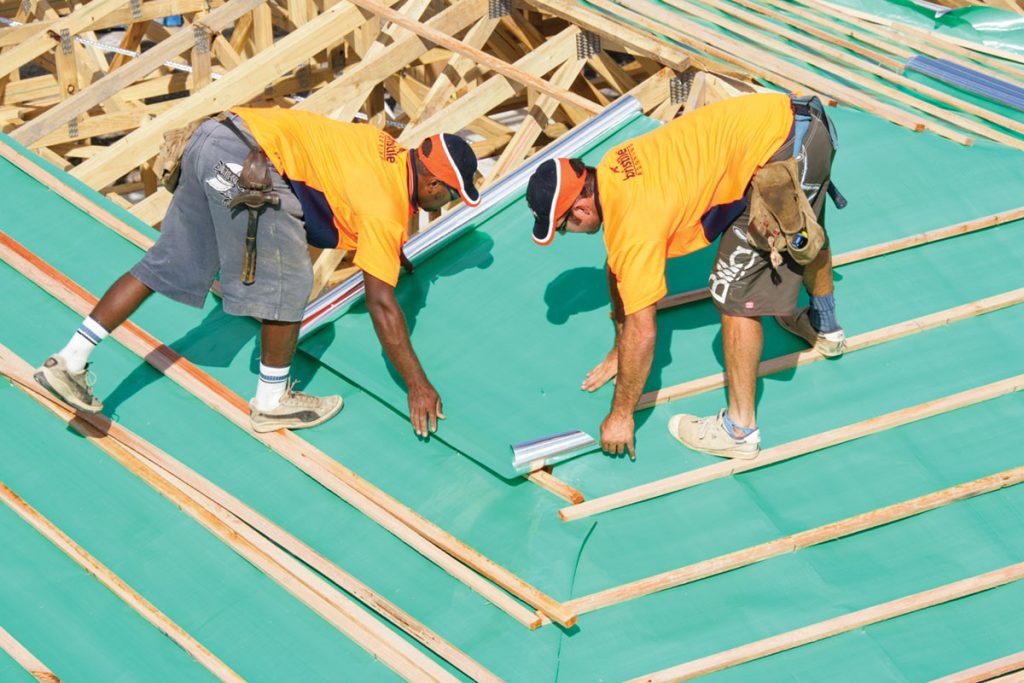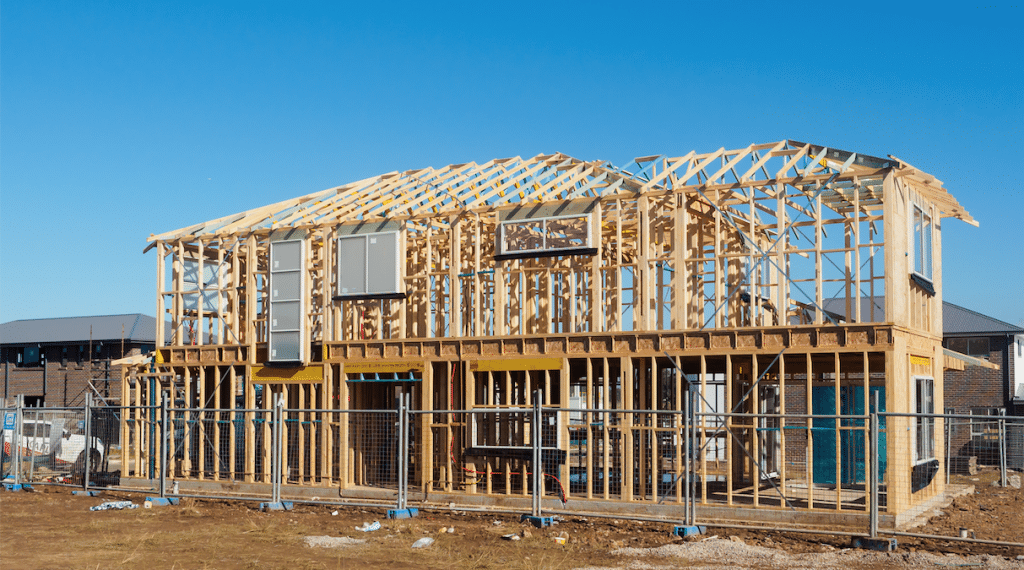Sustainability is a word Sydneysiders have been hearing a lot in the last few years and for good reason. Climate change is a real threat and everyone needs to do their bit in living as sustainably as possible. How to play your part in a more sustainable future can be confusing at best and overwhelming at worst, often we are so inundated with bad news about the state of our planet we don’t know where to start. However, there are some practical and simple steps you can take to lessen your impact on the environment. Building your new home is a great opportunity to employ sustainable and responsible design solutions from the outset. Some build improvements are inexpensive and can be done simply and easily, others require more time, commitment and take more of an investment. In saying that, if sustainability is considered at the design build stage you will save money and time in the long run. The team at Kaplan Homes have put together a few helpful hints on how you can lessen your impact with your new home build and how to ultimately increase your comfort and save yourself money.
1.Insulate and Ventilate
When it comes to making your new home sustainable there are some basics to consider; insulating walls, ceilings and under floor are the simplest ways to keep the heat out or in depending on the season and will definitely help with savings on energy costs. Find builders who go above current standards and install higher rated insulation. The current Australian standards for residential building insulation require ceiling insulation to have an R value of 2.5 and wall insulation of 1.5 R value, however this standard has not been updated since the 1980s. Kaplan installs ceiling insulation of 4.5 R value and wall insulation of 2 R value in all our homes. This results in a noticeable difference during hot and cold days leading to less use of the air conditioning compared to houses with the outdated Australian standard insulation. Until the current Australian standards are revised, you can make a difference by choosing to insulate your new home to a better standard than ones set in the 80s. Heat is also lost or gained through windows so installing double glazed windows will also help. A simpler and even more cost-effective solution is making sure you have adequate window protection like thermal backed curtains or blinds especially on Northern and Western facing windows that need to be protected from the harsh summer afternoon sun. When considering window treatments also think about your windows for natural ventilation and air flow, using louvred windows in strategic positions will aid in cross ventilation and keep the air flowing throughout your home. On the flip side ensuring all gaps are sealed properly will make your windows airtight in those cold winter months, keeping the heat in and the cold draughts out!

2. Orientation
Designing your new home so it passively utilises the sun for warming in winter and shade in summer is one of the advantages of building your home from scratch. Choosing both your block of land and having full control over your home design allows you to maximise your orientation. A good builder will be able to give you advice at the design stage for passive heating and cooling options and their inhouse interior designer can ensure your design maximises natural light and ventilation to reduce artificial lighting and air-conditioning. Why not consider using the power of the sun for solar energy? This is the ideal way to supplement your heating and cooling costs, and there are a prolific range of smart and affordable options available in this growing market. Or better still, if you’re quick you can take advantage of our free 6kw Opal Solar System package. Limited to strictly 20 homes and ending at the end of March, these packages include 300w solar panels and a SolaX power inverter to help you save on your power bills and lessen your carbon footprint.
3. Choose Timber Frames
The construction sector accounts for over 23 percent of total greenhouse gas emissions in Australia. This is a significant amount and while the industry is slowly adopting more sustainable practices, your choices in building materials makes a big difference such as choosing a timber frame build for your home as opposed to metal/steel frame. Metal ores are mined in large scale operations which have lasting effects on the landscape and the processes used to extract the desired material almost always produce massive amounts of toxic waste such as tailings. Metals and alloys then have to be refined by smelting which is very energy intensive. Responsibly sourced timber on the other hand is a much more environmentally friendly option. The trees are grown in managed plantations where they naturally remove CO2 from the atmosphere and store the carbon in their wood. In fact, about half of the dry weight of wood is carbon. The production and processing of wood also uses much less energy than most other building materials resulting in a much lower carbon footprint. When you choose responsibly sourced timber for your frames, you are choosing a renewable, sustainable building material that naturally stores carbon.

Over the next few weeks we will be sharing more sustainable options available at Kaplan, but in the meantime, you can visit our display homes at Gledswood Hills, Marsden Park and Edmondson Park or drop into our Showroom in Smeaton Grange and speak to our in-house interior designer Anne about the most sustainable design options available in the marketplace.






